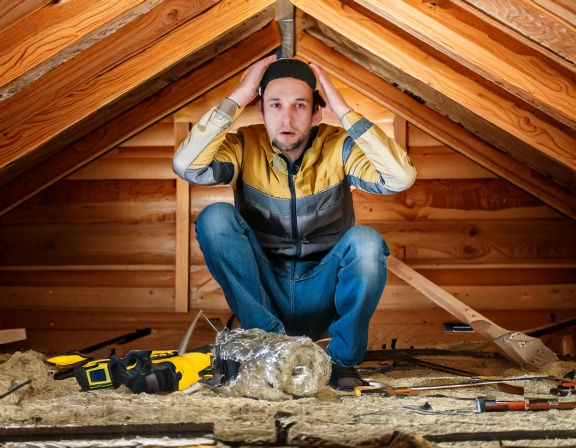DIY Guide: How to Find Cold Spots in Your Home Before Winter
- goldenstateinsulat

- Nov 6, 2024
- 2 min read
As the colder months approach, finding cold spots in your home before winter can make a huge difference in comfort and energy savings. November is the perfect time to do a quick home inspection, especially with holiday gatherings on the horizon! Here’s a simple, DIY guide to help you locate and fix those chilly areas, ensuring a cozy home for your Thanksgiving guests and the winter season ahead.

How to Find Cold Spots in Your Home Before Winter: Simple Tips
1. Understand Why Cold Spots Happen
Cold spots are often caused by poor insulation, drafts, or inadequate sealing around windows, doors, and other openings. These areas allow heat to escape, which not only makes your home less comfortable but also increases your energy bills as your heating system works harder.

2. The Candle Test for Drafts
This classic test is an easy way to find drafts. Light a candle and slowly move it around windows, doors, and any other suspect areas. If the flame flickers or bends, there’s a draft that needs sealing. Make note of each drafty area to address later.
3. Inspect Doors and Windows for Gaps
Check the edges of windows and doors for visible gaps. Feel for cool air leaking in, especially around window frames and door jambs. Weatherstripping and caulking can quickly fix these small gaps and prevent warm air from escaping.
5. Seal and Insulate Problem Areas
After identifying the cold spots, take action to seal and insulate them. Use weatherstripping for doors and windows, add extra insulation in the attic, or apply caulk to fill cracks and gaps. Even small fixes can make a big difference in reducing heat loss.

4. Examine Your Attic and Basement
Cold air can easily seep in from poorly insulated attics and basements, affecting your whole home. Look for spots where insulation is thin, damaged, or missing, particularly around ductwork, pipes, and entry points. Reinforcing insulation in these spaces can significantly reduce heat loss.
Consider Professional Help for Major Issues
If you discover significant cold areas or insulation gaps, it might be time to call in a professional. Golden State Insulation can provide expert advice and comprehensive solutions to ensure your home stays warm and energy-efficient throughout the winter. Our team specializes in identifying and addressing insulation needs, from attics to basements, so you can enjoy a cozy, comfortable home without the high energy bills. Let Golden State Insulation help you prepare your home for the winter season with reliable, expert assistance.



Opmerkingen